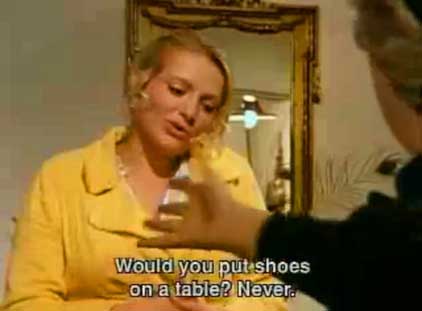Everybody go, ho-tel, mo-tel, holiday inn
It began March 17 when Bear Stearns was forced into a marriage with J.P. Morgan Chase, with the Fed and Treasury as matchmaker. Basics: Bear Stearns complicated creature. What does an investment bank like that do? How does it make its money and where does it get its funding from? Investment banks are in a surprising number of businesses, like most complicated, big companies. Asset management business–managing people’s wealth; small brokerage business; investment banking business, meaning they raised capital for corporate clients, debt or equity capital; provided advice on mergers and acquisitions (M&A). Had very large business called fixed income sales and trading business, trade, underwrite, and sell securities, debt securities, among them being mortgage-backed securities–aggregation of people’s home mortgages. Wall Street innovation in the middle 1980s that in the past decade became huge and profitable. Hedge funds. Added up to a 14,000 person firm, fifth largest on Wall Street. Mysterious: market clearing; role as intermediary for other firms. Opacity, complicated world, a lot of argot, language; disclosure minimal; can’t figure out how they make money; not like selling soap and toothpaste. Other Wall Street firms enmeshed in long term trades on their books, firms on a global basis, interconnected. At the end, Bear Stearns was very short-term oriented in their financing of themselves–the very nature of banking in general. Banks borrow short, depositors’ money which costs nothing to accumulate; risk for the bank is that when you want it, you can go to the ATM machine and get it. They count on the fact that not everybody does that at once. Occasionally everybody does want their money at once. In effect that’s what happened to Bear Stearns, except at an institutional level, borrow short and lend long. They are not a commercial bank, so they borrow in the commercial paper market; but in the end because of their own credit problems, couldn’t do that; so they borrowed in the secured lending market. Needed to borrow about $75 billion a night from firms like Federated Investments, Fidelity Investments, etc.–about 25 firms. In the end they said they weren’t going to make those loans to Bear Stearns any more. Securing those overnight loans with the mortgage backed securities they were manufacturing and in the business of trying to sell, but by March of 2008, they could no longer sell those securities and had to keep them as inventory on its own balance sheet; and then in turn use those assets to secure the overnight lending it needed. Cycle fell apart.
{ William Cohan, author of House of Cards: A Tale of Hubris and Wretched Excess on Wall Steet, talks with EconTalk host Russ Roberts about the life and death of Bear Stearns. | EconTalk | Continue reading | mp3 }



